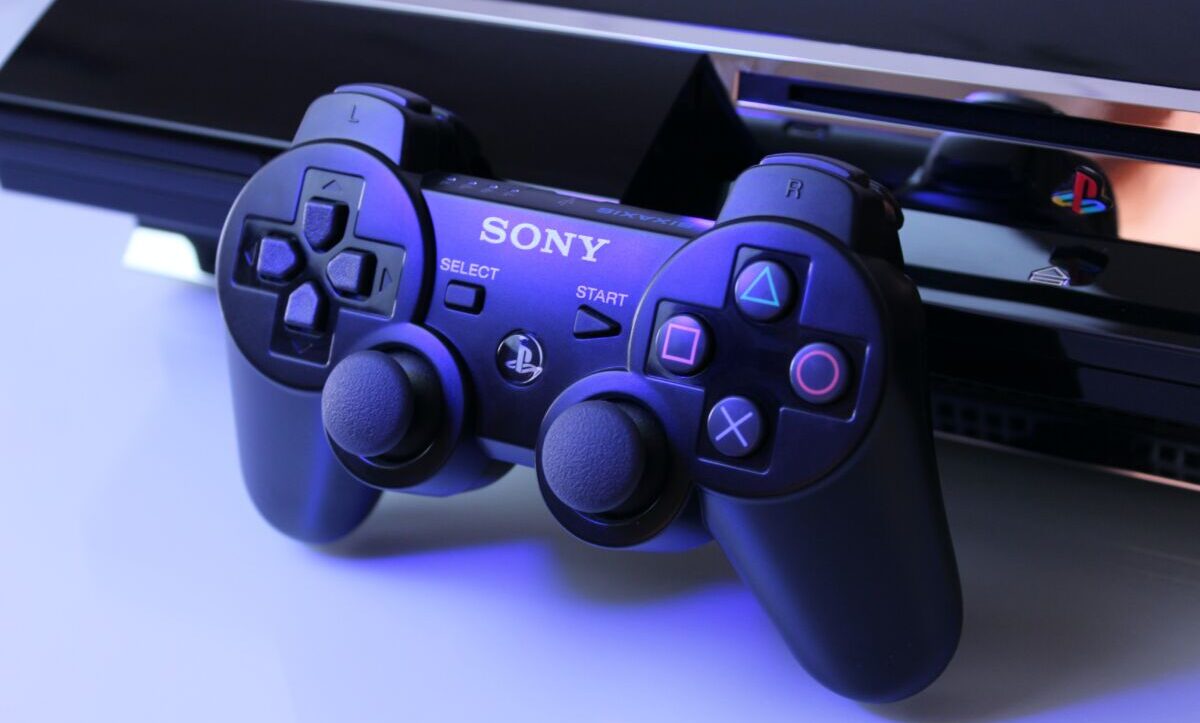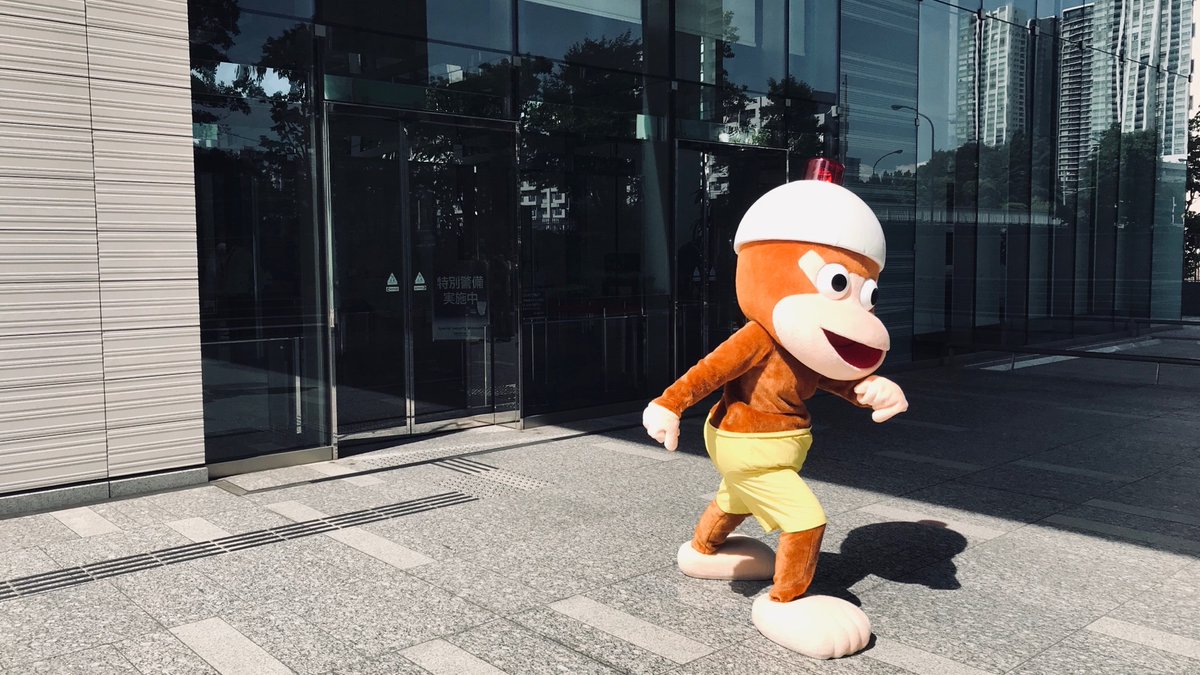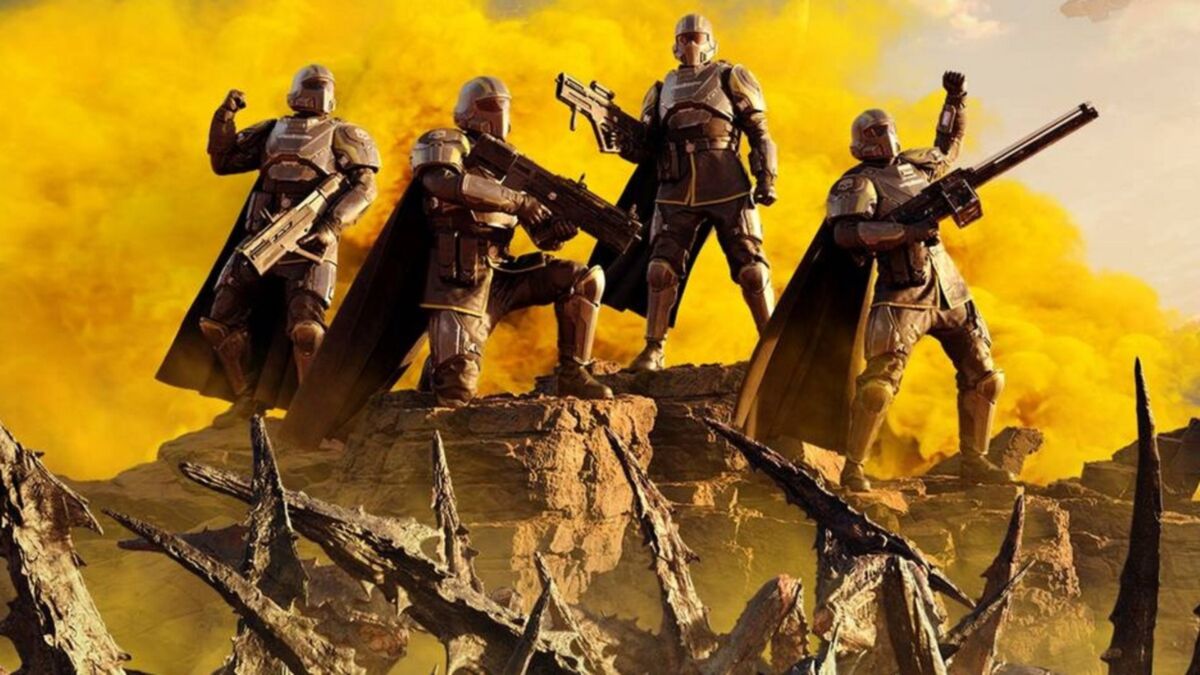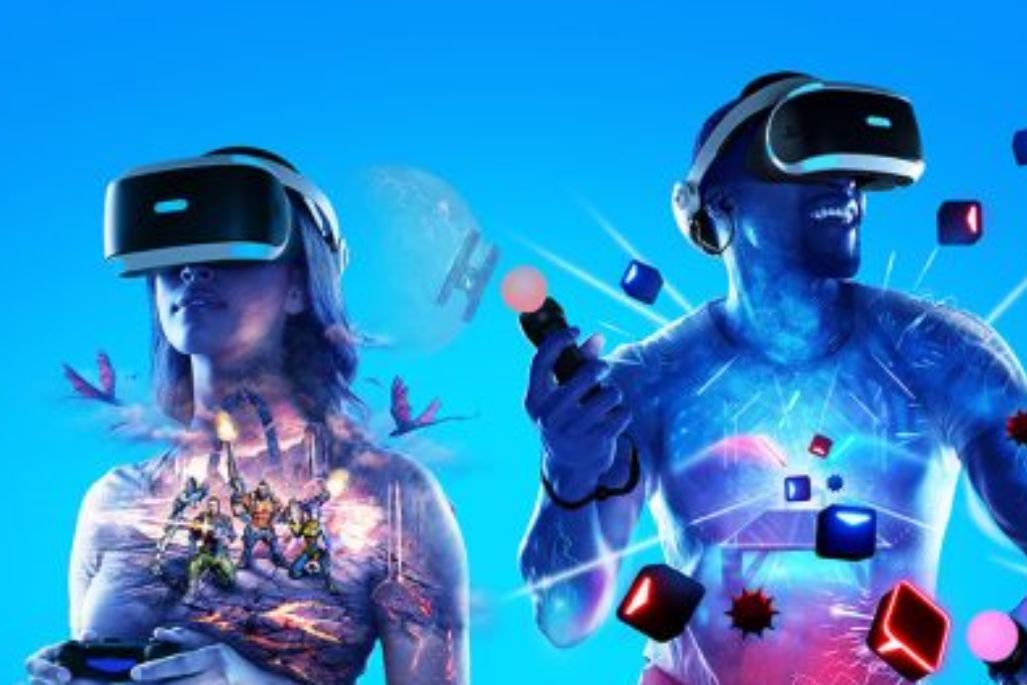As LCD Soundsystem (and no-one else) famously said in the song Tribulations: “Everybody makes mistakes”. It seems that couldn’t be more true than about video game companies, as despite being one of the most lucrative and profitable industries in the whole world, massive companies like Sony PlayStation keep continually standing on a rake and hitting themselves in the face like Sideshow Bob.
Console companies are particularly guilty for it too, it seems. The mistakes that Xbox and Nintendo have made over the years have been well documented, so it’s only fair as correspondents in the bloody and brutal console war to report on the errors and cock-ups that PlayStation have boobed right up over the years. Despite the fact that Sony has had the dominant market share of the gaming industry for the majority of the time they’ve existed within it, their reign has almost come to a screeching halt due to a variety of blunders and own goals on Sony’s behalf.
1. The PS3’s Awful Launch

There’s a theory in gaming regarding the “third console curse”, which is exactly what it sounds like. Nintendo revitalized the gaming industry with both the NES and SNES, but the Nintendo 64, while still generally considered a success, wasn’t quite on the same level as its predecessors. SEGA fell victim to the curse going from the Master System and the Genesis to flopping with the Saturn, and Xbox felt the sting of the curse with the now infamous Xbox One, but Sony weren’t spared from the curse either.
The Xbox had found their footing with the Xbox 360, so Sony needed to pull out their best in order to succeed, but the PS3’s formative years were a huge struggle for Sony. A meager launch line-up of games made the prospect of buying a PS3 unattractive for many in those early years, but what really put the console on the backfoot was the whopping $600 asking price. Compared to now, where the most expensive console is $500, you have to wonder what Sony was thinking.
The problems for Sony started before launch though, as the now infamous E3 2006 conference from Sony really curtailed their red hot momentum coming from the PS2. The conference promised that the PS3 wouldn’t rely on gimmicks, before showing someone using the PSP as a second screen to the action on the PS3. Meanwhile, the presentation of Genji: Days Of The Blade was memed to death online after the presenter promised some realistic samurai action, only for a “Giant Enemy Crab” to appear on screen.
2. Shutting Down Sony Japan (And Their UK Studios Too)

We (rightly) lambasted Xbox for shutting down Tango Gameworks for seemingly no reason, so we of course have to talk about the frankly baffling decision to close studios like Japan Studio. Much like Tango, Japan Studio were making decent hits for Sony, including the likes of Ape Escape, Forbidden Siren, LocoRoco and Gravity Rush, but because they cooked a little bit too hard with Astro’s Playroom, the free platforming game that comes with every PS5, the entire studio has now been refocused around “Team ASOBI”.
Developers just seemingly aren’t allowed to make games for fun anymore; it can only be profit. I get that money doesn’t grow on trees, but the idea for publishers used to be that the guaranteed hits would fund the experimental games, or the big swings on a new IP. These days, it just feels like every game that’s made by a big studio needs to be some kind of million selling success story, otherwise it has no value. Forcing the entirety of Japan Studio to work on more Playroom content is just going to stifle their evident creativity, and that sucks.
Bonus points on this entry should also go to former PlayStation CEO Jim Ryan, who managed to look like an idiot at best, ghoulish corporate stooge at worst. Back in February, Ryan was photographed posing with PlayStation London Studio staff who were celebrating the former CEO’s retirement from the company, only for Ryan to announce five days later that Sony were shutting London Studio down entirely. He had to have known he’d be shutting the studio down, right?
3. The PS3 Processor Being Weird

Sometimes, when trying to break the mold or go against the grain, you find something astonishing or wonderful. Other times, you needlessly complicate the whole thing, making an otherwise working concept and ruining it completely. The processor for the PS3 followed that second line of thinking, as the console’s internal processor, dubbed “The Cell”, was supposed to be the most advanced and powerful on the market. In theory, it could have been a revolution in next-gen entertainment back in 2006.
The reality though was that the Xbox 360 had already been given a year headstart on the PS3, and the more conventional processor meant it was easier to develop for. This led to developers basically considering PC and Xbox 360 as a game’s lead platforms, before cobbling together some kind of PS3 port after the fact. The PS3 exclusives were fantastic, but any third party games weren’t worth playing on the PS3 for a long time. Even now, the Cell’s unique architecture has proved a thorn in the side of Sony, as PS3 games on PS5 have to be played through the cloud instead of via an emulator.
A weird side effect of Sony creating the Cell processor was that it managed to become the most cost effective way for the US Army to create a supercomputer. Back in 2009, the US Army ordered a shipment of 2,200 PlayStation 3 consoles with the intent to string them all into one massive supercomputer and then study how it compared to the military’s regular computing systems. At least someone was able to find a use for the Cell’s weird architecture, because we’re still waiting for Sony to properly emulate the PS3’s library. None of that cloud streaming bollocks, ta.
4. Vita Storage Expenses

The PlayStation Vita flopped for a myriad of reasons That’s well-trodden ground at this point, with the main cause of death being the sheer lack of any good support for the console. It had potential, but no faith from Sony themselves, it seems, especially considering how scarily quickly first-party games dried up on it. Then again, with the prices that people were forced to pay in order to keep up with owning a PS Vita, specifically when it comes to storing games on the console, it’s no wonder that it failed.
The Vita had next to no storage available on the console itself, meaning owners would have to buy memory cards in order to enhance their storage, but you couldn’t buy regular SD cards for this. Oh no, that’d be too easy. Sony were fully in their Apple bag with the Vita, forcing people to buy proprietary memory cards at exorbitant prices if they ever wanted to buy games digitally on the Vita. The 4GB memory card cost $30, while the 32GB card cost a whopping $120, while generic memory and SD cards would retail for a fraction of those prices. It wasn’t the only problem the Vita faced, but there were about 999 other cuts that caused the Vita’s death.
5. Sixaxis Was A Bit Naff

We could keep ragging on the PS3’s various mistakes and flops, but let’s finish off this section of PlayStation’s mistakes by talking about the PS3’s silly little controller. Sony kind of nailed the controller design template on their first proper go with the DualShock for the original PlayStation, while the DualShock 2 for the PS2 had a sturdier build and those extra analog sticks. On the surface, the Sixaxis controller looks like a DualShock 2 but with a little button in the middle of the controller, but in reality, it was a far cry from its previous controllers.
Speaking positively, even though the motion controls in the controller were not to everyone’s taste, that interactivity has become a core part of PlayStation’s controllers going forward, so clearly Sony had a winning idea with the Sixaxis. However, the shoddy build quality meant that the Sixaxis felt incredibly flimsy to hold, especially compared to the DualShock 2. On top of that, the original crop of Sixaxis controllers didn’t have a rumble feature, something that’s been a core part of controller design for years. Sony would then release the DualShock 3, which improved massively on the Sixaxis, and everyone basically agreed to just imagine that Lair never happened. That’s for the best.
6. The Fake Killzone 2 Trailer
There’s a reason why trailers and announcements of video games these days often have a disclaimer in small text that says something to the effect of “made with in-engine footage”. Basically, it’s a little reminder to the viewer that what they’re watching isn’t indicative of what the gameplay will actually look like. Now, Sony isn’t the only video game company to have put out some misleading footage when announcing a video game *cough* Ubisoft *cough*, but the trailer for Killzone 2 is certainly one of the most egregious examples.
During the Sony presentation at E3 2005, a trailer was shown for Killzone 2 which was stylised to look like in-game footage, but obviously it was rendered footage that was aspirational to what Guerrilla Games thought they could accomplish. Some media and Sony reps reported at the time that it wasn’t supposed to be in-game footage, but what threw the cat among the pigeons was Jack Tretton, then-VP of Sony Computer Entertainment of America, calling it “real gameplay” in an interview with G4TV.
At the time, Guerrilla Games were watching back home in Amsterdam running through a mix of emotions between “no, that’s not true” and “no one is going to believe Jack Tretton anyway”, but the internet had already begun to run with the news that the trailer was “real footage”. According to Guerrilla themselves in a Noclip documentary, the trailer that was shown wasn’t even supposed to be shown publicly, as it was an internal use only video designed to showcase what first person shooter games would look like on the PS3 generation.
7. The Helldivers 2 Debacle

Imagine shooting yourself in the foot then scoring an own goal with that foot. It’d be pretty painful, but also really stupid. That’s about the truth of what Sony has done with Helldivers 2, essentially nuking all the goodwill that Arrowhead Studios built up from orbit.
The co-op bug and robot shooter was on track to becoming a real GOTY contender, thanks to its excellent gameplay and use of the online service to tell a community driven story. Helldivers 2’s release felt like a genuine cultural event, until Sony unfortunately decided to mess everything up for PC players.
Because Helldivers 2 is a PlayStation game, players on Steam were suddenly told that they required a PSN account in order to carry on playing. Trying to get PC players to sign in using a second account is like pulling teeth at the best of times, so naturally this decision was already unpopular, but the real kick in the teeth was the 177 countries who have lost access to Helldivers 2 because PSN isn’t available there. The planned PSN account requirement has been reversed, but Helldivers 2 still isn’t available in large parts of the world; countries that originally were able to play the game, by the way. Never mind shooting yourself in the big toe, Sony’s been playing hopscotch on an active minefield.
8. The PlayStation Hack

Arguably one of the biggest black eyes on Sony’s reputation throughout their decades long history, the PlayStation Hack of 2011 damaged the faith of users in PlayStation when it comes to protecting their data or providing a worthwhile online service. Between April 17th and April 19th of 2011, Sony were the victims of a malicious data breach, with an estimated 77 million PlayStation Network accounts affected by the hack. Back then, it was considered to be one of the top five biggest hacks of all time, and no single group has been blamed or charged for the hack either.
While Sony being the victim of a hack isn’t a mistake on their part, aside from the fact that their security clearly wasn’t up to snuff, their actions following the breach weren’t exactly ideal. A day after the breach, on April 20th, Sony brought PSN offline in its entirety, but spent two days acting like it was a simple outage and users would receive messages about PSN “undergoing maintenance”. On April 22nd, light mention was made of an “external intrusion”, but it would take until April 26th for Sony to even address the possibility that accounts had been compromised. PSN would stay down until May 14th as well, which would have been hell for anyone who was begging to hop on PlayStation Home for those three weeks.
While Sony did offer a Welcome Back promotion when the Network first returned to life, it would take a whopping four years and a class-action lawsuit against Sony for the majority of American users to receive some compensation for the outage. Said compensation would include a free PS3 theme, three months of PlayStation Plus (for new members only though), and a code for one of several PS3 and PSP games. Sony was also held liable for $15 million in damages, making it a pretty sizable black eye on Sony’s history.
9. The PSVR Required Move Controllers

Something that the PlayStation has over its competitors, specifically Xbox, is support for VR gaming. Sure, VR is still a niche subset of gaming, and likely always will be given the space and money required to actually make the most of VR gaming, but PSVR is still a gateway to VR gaming for a lot of people who wouldn’t otherwise have access to it. That being said, Sony’s handling of VR hasn’t exactly been stellar in general, especially with regards to the original PSVR launch.
The first edition of PSVR only came with the headset and camera, meaning you had to use the already released PlayStation Move controllers in order to experience the truly immersive VR games on the platform. The Move controllers had already courted plenty of controversy for having dodgy motion tracking, while the controllers themselves aren’t really conducive to replicating the experience of hands within the VR space. Unless you were playing a shooting game, the Move controllers just felt out of place. Combine that with the fact that the Move controllers were a PS3 peripheral, when the PSVR was designed for the PS4, and you’ve got a really bone-headed decision that’s hard to understand.
10. That Racist PSP Ad

A blunder so bad that even the captain of the Titanic would be able to avoid colliding with this “yikesberg”. In the early to mid 2000s, Sony wasn’t afraid to stir the hornet’s nest with their advertising and promotion, which often led to some pearl-clutching headlines from the traditional press. In fairness, it probably wasn’t the most chill idea in the world to use a decapitated goat as the centerpiece for a God of War 2 launch party, or to advertise the PSP by running posters saying “take a running jump from here” on train station platforms, but that’s nothing compared to Sony’s inadvertent take on race relations.
Back in 2006, in order to promote a new, white edition of the PSP (yes, you probably see the blimp approaching the tower made entirely of spikey bits already), Sony ran adverts that depicted two models, specifically a white woman holding a black woman by the throat. Sony swore that the advert in question wasn’t racist, as the “images created for the campaign have been designed to show [the] contrast in colours of the PSPs, and have no other message or purpose”, though the ad company responsible for the campaign, TBWA, specializes in “disruption”. Clearly, they were trying to be provocative with their imagery, though it would backfire on TBWA as their partnership with Sony would come to an end about a year later.
Some of the coverage you find on Cultured Vultures contains affiliate links, which provide us with small commissions based on purchases made from visiting our site.



